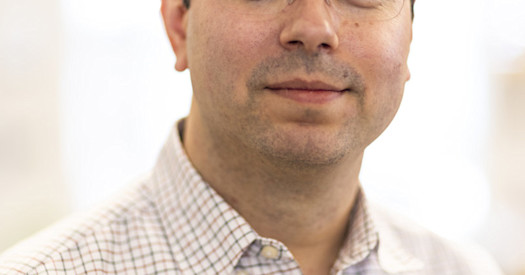
Why would the editors of a respected peer-reviewed journal consider, let alone publish, a paper based on five strands of hair from a man who has been dead nearly 150 years?
It is likely because they and the world were being afforded, thanks to genome sequencing, unprecedented insights into the life – and death – of Ludwig van Beethoven.
Much has been discussed and debated about the health of this brilliant composer, who died in March of 1827 at age 56. The paper, “Genomic analyses of hair from Ludwig van Beethoven,” published March 22 in Current Biology, confirms many long-held beliefs, as well as explains in detail the authors’ work. Among the paper’s most salient findings (quoted verbatim):
-
Foremost among (the authors’ work) were a bilateral, late-onset, progressive, and predominantly sensorineural form of hearing loss, as well as chronic gastrointestinal problems and, toward the end of Beethoven’s life, liver disease. Beethoven’s hearing loss began in his mid- to late 20s, characterized initially by tinnitus, loudness-recruitment, and the loss of high-tone frequencies, and would end his career as a performing artist by his mid-40s.
-
A chronic perinatal or childhood HBV infection would have been a strong driver of liver disease, no doubt exacerbated by his genetic risk and alcohol consumption, whereas an HBV infection closer to the end of Beethoven’s life would have been of lesser relevance. Nonetheless, we conclude that Beethoven’s substantial genetic predisposition, HBV infection, and alcohol consumption all present plausible causal factors in his liver disease, although the exact causal pattern cannot presently be determined.
-
We determined that (one lock of hair) was marginally the best preserved of the five matching samples and sequenced a nuclear genome to an average of 24-fold coverage, incorporating laboratory and bioinformatics protocols optimized for the ultra-short DNA fragments characteristic of historical hair samples.
-
We then performed ancestry analyses on the expectation that this individual’s ancestry would be consistent with Beethoven’s documented genealogy. As part of our ancestry analyses, we introduce a novel geo-genetic triangulation technique using long identity-by-descent segments shared with individuals in Family Tree DNA’s genealogically explicit consumer database to determine the likely locations of Beethoven’s ancestors. In addition, we compared this genome to two groups of genealogically documented living relatives. We extensively analyzed Beethoven’s genome for genetic causes of and risk for somatic disease, in addition to metagenomic screening for evidence of infections, followed by targeted DNA capture.
Twenty-five-years before his death, Beethoven wrote his brothers Carl and Johann a poignant letter describing his poor health, explaining his physical agony and emotional trauma, and asking them upon his death to instruct his physician to explain his ailments “so that so far as possible at least the world may become reconciled with me after my death.”
“(F)or six years I have been a hopeless case, aggravated by senseless physicians, cheated year after year in the hope of improvement… I was compelled early to isolate myself, to live in loneliness, when I at times tried to forget all this, O how harshly was I repulsed by the doubly sad experience of my bad hearing.”
With this paper, his wish, finally, has been granted.


